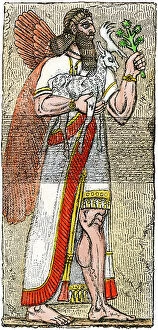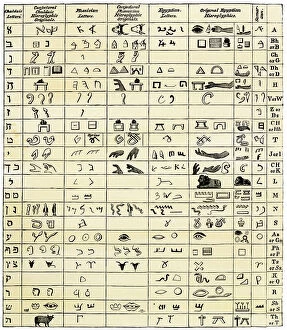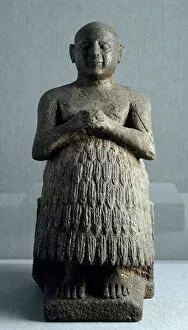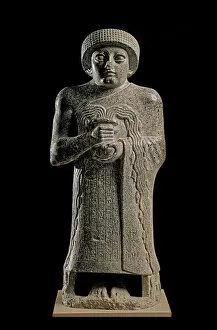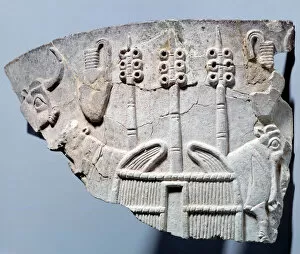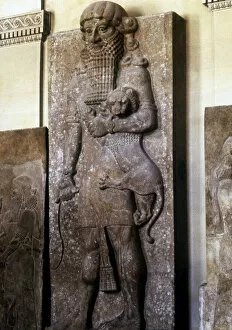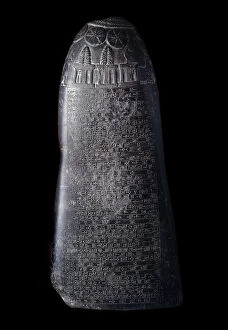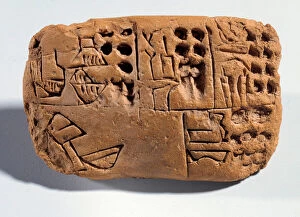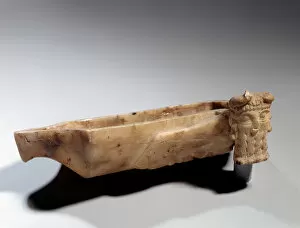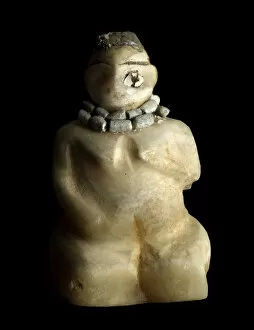Summerian Collection
"Exploring the Ancient Splendor of Sumerian Art in Mesopotamia" Step back in time and immerse yourself in the captivating world of Sumerian art
For sale as Licensed Images
Choose your image, Select your licence and Download the media
"Exploring the Ancient Splendor of Sumerian Art in Mesopotamia" Step back in time and immerse yourself in the captivating world of Sumerian art, a testament to the rich cultural heritage of ancient Mesopotamia. From intricate low relief sculptures to awe-inspiring statues, each artifact tells a story that transports us to a bygone era. Marvel at the mesmerizing limestone low relief depicting Ur-Nanshe, King of Lagash. This masterpiece showcases his regal presence and power, leaving us in awe of his reign over this ancient city-state. Witness an epic battle frozen in time on a vase from the temple of Inanna. A fierce lioness confronts a cunning snake, symbolizing strength and wisdom entwined in an eternal struggle for dominance. The Statue of Gudea stands tall as an emblematic figure from c. 2120 BC. With its gushing vase motif, it represents abundance and prosperity under Gudea's rule during the Neo-Sumerian period. Delve into Uruk's artistic style with a fragmentary carved vase portraying stable scenes. The attention to detail brings forth glimpses into everyday life within this vibrant civilization. Admire the exquisite necklace adorned with beads and pendants used for weddings found within royal tombs at Ur. It serves as a reminder of love's eternal bond celebrated amidst grandeur and opulence. Behold the Pie Taurus sculpture—a bronze masterpiece adorned with silver—an embodiment of divine power revered by ancient Mesopotamians who sought protection through its sacred symbolism. Gaze upon Gudea's libation vase dedicated to Ningishzidda during the Neo-Sumerian period; its intricate craftsmanship reflects devotion towards deities while honoring religious rituals. The alabaster statue representing a Sumerian hero discovered at Khorsabad captivates our imagination with tales untold—his bravery immortalized through skilled artistry.


